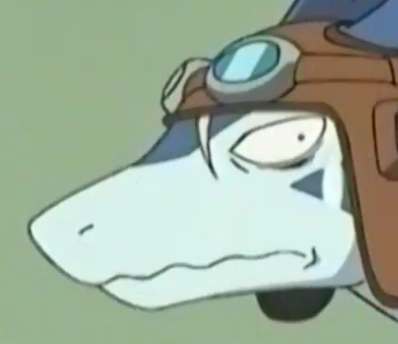Made from summed inversions and a basic kaleidoscopic ifs.
Code in comments.
You must log in or register to comment.
The code (sorry, I can’t combine a spoiler tag with a code block):
// 2024 Waveform // Code adapted for Shader Editor (Android). #extension GL_OES_standard_derivatives : enable #ifdef GL_FRAGMENT_PRECISION_HIGH precision highp float; #else precision mediump float; #endif uniform vec2 resolution; uniform float time; #define pi 3.14159 #define rotate(p, a) vec2(p.x*cos(a) - p.y*sin(a), p.x*sin(a) + p.y*cos(a)) // hash without sine // https://www.shadertoy.com/view/4djSRW #define MOD3 vec3(443.8975, 397.2973, 491.1871) // uv range float hash11(float p) { vec3 p3 = fract(vec3(p) * MOD3); p3 += dot(p3, p3.yzx + 19.19); return fract((p3.x + p3.y) * p3.z); } vec2 c_inv(vec2 p, vec2 o, float r) { return (p-o) * r * r / dot(p-o, p-o) + o; } float grid(in vec2 p){ p = abs(fract(p+.5)-.5); return 2. * min(p.x, p.y); } void invArc(in vec2 p, inout vec2 pg, float n, float arc, float rad, float seed) { for(float i=0.; i<n; i++) { float rnd = .65 * hash11(i+seed); pg += c_inv( p, rad*vec2( sin(2.*arc*pi*(i+rnd)/n), cos(2.*arc*pi*(i+rnd)/n) ), 1.25-.5*hash11(i-seed) ); } } void main(void) { vec2 res = resolution.xy; vec2 fc = gl_FragCoord.xy; vec2 p = (fc-res/2.) / res.y; vec3 o = vec3(-1., 0., 1.); float f; // zoom p *= 1.3; // building coords from summed-up circle inversions vec2 pg = vec2(0.); // dot number/density float N = 80.; // outer circle invArc(p, pg, N, 1., .25, 1.); // inner semicircles invArc(p-o.yx*.125, pg, N/4., -.5, .125, N); invArc(p-o.yz*.125, pg, N/4., -.5, -.125, -N); // dots pg *= -1.; invArc(p-o.yx*.125, pg, N/8., 1., 1./48., 2.*N); invArc(p-o.yz*.125, pg, N/8., 1., 1./48., -2.*N); pg *= -1.; // p's value is now summed inversions p = pg / 18.; // new time value float T = 10.;// + .15 * time; // fractalize vec2 p3 = p; for(float i=0.; i<14.; i++) { p3 += 1.7 * i * vec2(1., .77); p3 = rotate(p3, pi/1.55+.2*sin(.15*i-.1)); p3 = abs(mod(p3, 10.)-5.); } // apply grid f = grid(p3+T); // give lines an even thickness f /= .05 * res.x * length(vec2(dFdx(p.x), dFdx(p.y))); // value adjustment f = min(1., f+.73); // trying to make a distinction between yin and yang f += .05 + .02 * (p.y-p.x); vec3 RGB = vec3(f); // faux lighting f += 1. * (.014 * length(p+15.) - .85); // final color RGB += mix( vec3(.2, .1, .4), 1.7*vec3(1., .5, .15), f )-.7; gl_FragColor = vec4(RGB, 1.); }its adorable that you think a page of source code is a spoiler
Lol, it’s to hide it so it doesn’t clutter up the thread, not to keep it secret ;)
awww thanks. i guess you could just link to it next time.
I will keep that in mind~
This is pretty 😊
Thank you!
Shader art is underappreciated imo. I’ve dabbled in it a bit myself but I’ve never done anything this incredible. Awesome work!
Thank you. Yeah, shaders are great. Lots of awesome stuff over at the shadertoy website.



